Constellation Crux (Southern Cross)
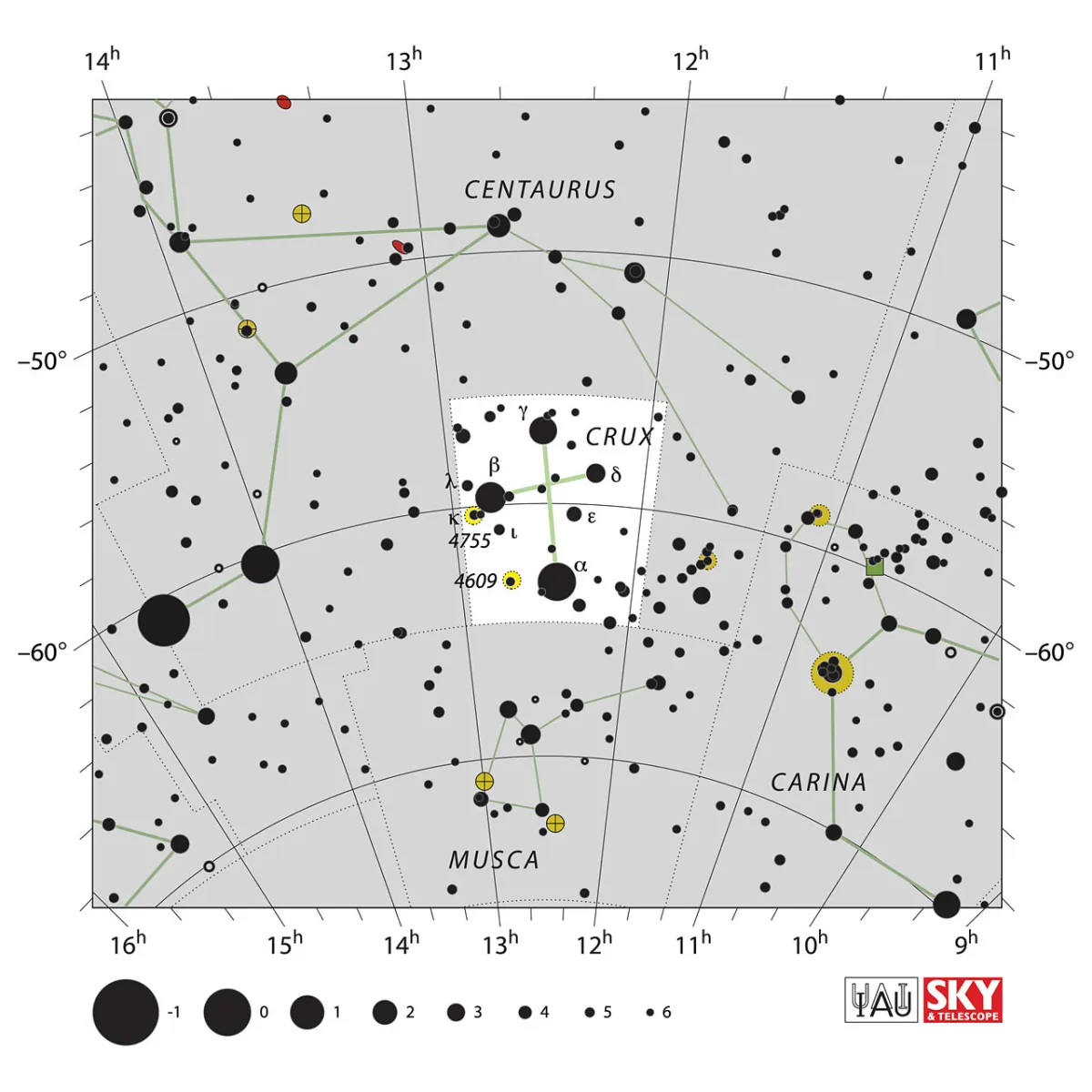
Properties
At 68 square degrees, Crux is the smallest, but at the same time perhaps the most famous constellation in the southern sky. It lies in a star-rich area of the Milky Way, so that the dark cloud "coal sack" stands out even more clearly against the brightly shining surroundings. If you extend the longitudinal axis of the southern cross (stars alpha and gamma crucis) just five times beyond alpha crucis, you reach the southern celestial pole, for example. The southern cross has the same task as the big chariot in the northern sky. The centre of the constellation culminates around midnight on March 30th. [9, 15]
| α1 Cru | Acrux |
| β Cru | Becrux, Mimosa |
| γ Cru | Gacrux |
| IAU Name | Crux |
| IAU Genitive | Crucis |
| IAU Abbr. | Cru |
| English Name | Southern Cross |
| Culmination at local midnight | 28 March |
| Season (Latitude +0.0°) | December … August |
| Right Ascension (J2000.0) | 11h 56m 14s … 12h 57m 45s |
| Declination (J2000.0) | -64° 41' 45" … -55° 40' 38" |
| Area | 68 deg2 |
| Neighbours (N↻) | Cen, Mus |
Deep-Sky Object Descriptions
Catalogues
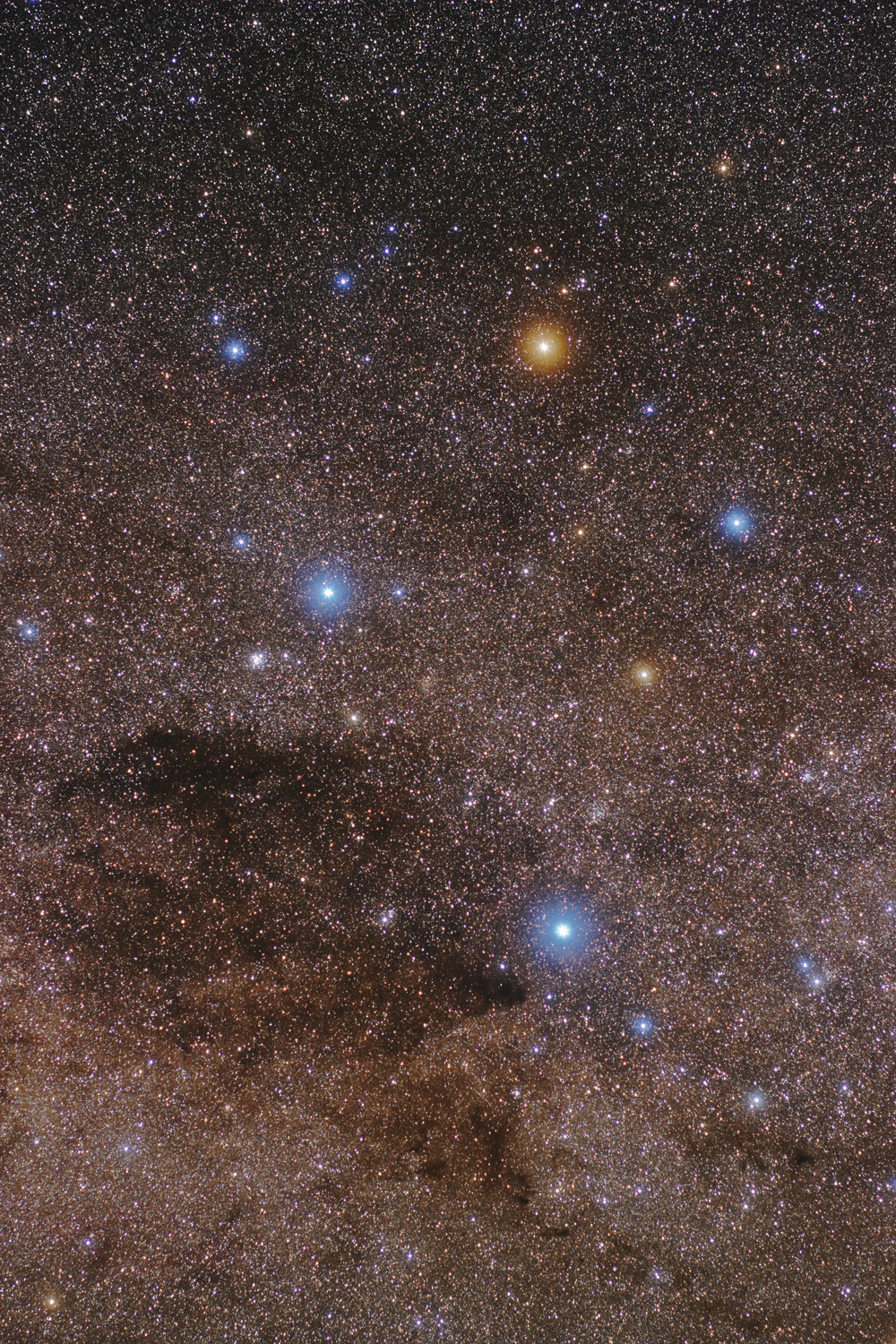
History
The constellation Crux, also Crux Australis, was formed by the sailors of the 16th century from some bright stars of the Centaurus. It served as a signpost to the south at night and was therefore an important navigational aid. The early Portuguese sailors saw this constellation as the symbol of their faith.
Like Centaurus, Crux could be observed from the Mediterranean area in antiquity, so that the stars were already known to the Greeks. Because of the precession, they have meanwhile 'drifted' south. [7]
The Southern Cross appears as a symbol in many national flags of the southern hemisphere, especially around the Australian continent.
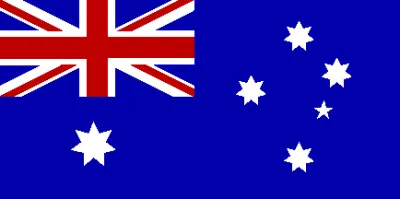
The flag of Australia was introduced in 1903 but was not recognized until 1954. In the upper left corner is the Union Jack, the coat of arms of Great Britain. Below is the Commonwealth Star or Star of Federation, which with its seven points symbolizes the seven states and united territories of the Commonwealth. In the right half is the well-known Southern Cross, which, as an important navigational aid for seafarers, made a decisive contribution to the conquest of the continent and has since been associated with Australia. The five stars shown are alpha, beta, gamma, delta crucis (all with seven points) and the weaker epsilon crucis (five point), which is missing from the national flag of New Zealand. The Australian states want to break away from Great Britain soon and they are looking for new national flags without the Union Jack on them. Most of the designs, however, still retain the Southern Cross.
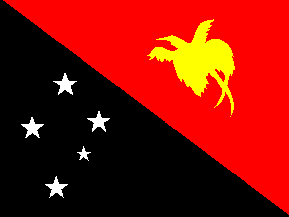
The flag of Papua New Guinea, which was introduced in 1975, has a very nice motif. It also shows the five brightest stars of the Southern Cross and also the siluette of a bird of paradise. Perhaps this siluette is supposed to represent the inconspicuous constellation Apus.
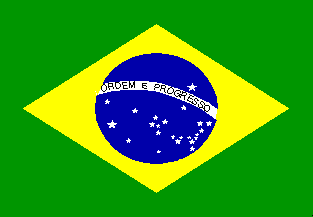
In the blue globe of the flag of Brazil you can see that of the Southern Cross, which is roughly in the centre, among many stars. These stars are supposed to represent the sky, as it appeared over Brazil on the night of November 15, 1889, when this country became a republic through a revolution. The words "Ordem e Progresso" are written on the tape on the celestial equator.